Effects of a pyrethroid and two neonicotinoid insecticides on population dynamics of key pests of soybean and abundance of their natural enemies
This field study evaluated the effects of seed treatment and foliar insecticide applications on soybean pests and their predators in South Dakota. Soybean seeds were planted either without an insecticide coating (fungicides only) or with a thiamethoxam coating (along with fungicides). These plots were then either not sprayed (seed coating effects only) or sprayed with imidacloprid and β-cyfluthrin. In the first year of the study, they compared seed without insecticide treatment, seed treatment alone, and foliar spray alone. In the second year, they added plots that received both the insecticide seed coating and foliar insecticide sprays. Insect abundance was quantified by sampling plant leaves and by placing sticky traps among the plants. Seed treatment alone reduced soybean aphid abundance in one year but not the other at each site, for mixed results. There was no difference in aphid abundance between plots with foliar sprays and those with seed treatment and foliar sprays, indicating that seed treatment does not provide additional control beyond foliar sprays. There were correlations between thrips and their predators, but not between aphids or spider mites and their predators. Predator populations were mostly not affected by seed treatment alone, but sampling for pests and predators did not begin until later in the season when neonicotinoid concentrations in the plants had declined. Foliar applications reduced the abundance of predator species, especially for predators of thrips. While foliar insecticide applications consistently suppressed soybean aphid abundance, their application did not always lead to higher soybean yields. Of the four replications (two sites and two years), soybean yield was only increased by any of the treatments in one replication. In this instance, the untreated seed that was not sprayed yielded significantly less than all of the other treatments, but there were no significant differences between yields for any of the treated plots. This suggests that unless soybean aphid population pressure is significant, any insecticide application may not increase yield. There was also no impact of seed treatment on yield in plots with lower aphid pest pressure, indicating that seed treatments do not boost crop performance. The authors concluded that their findings “provide little support for implementing seed treatments as a reliable tactic to control the aphid and improve productivity of soybean in eastern South Dakota.” They also mention the need for longer term research to overcome the challenges of year-to-year variability in arthropod abundance.

